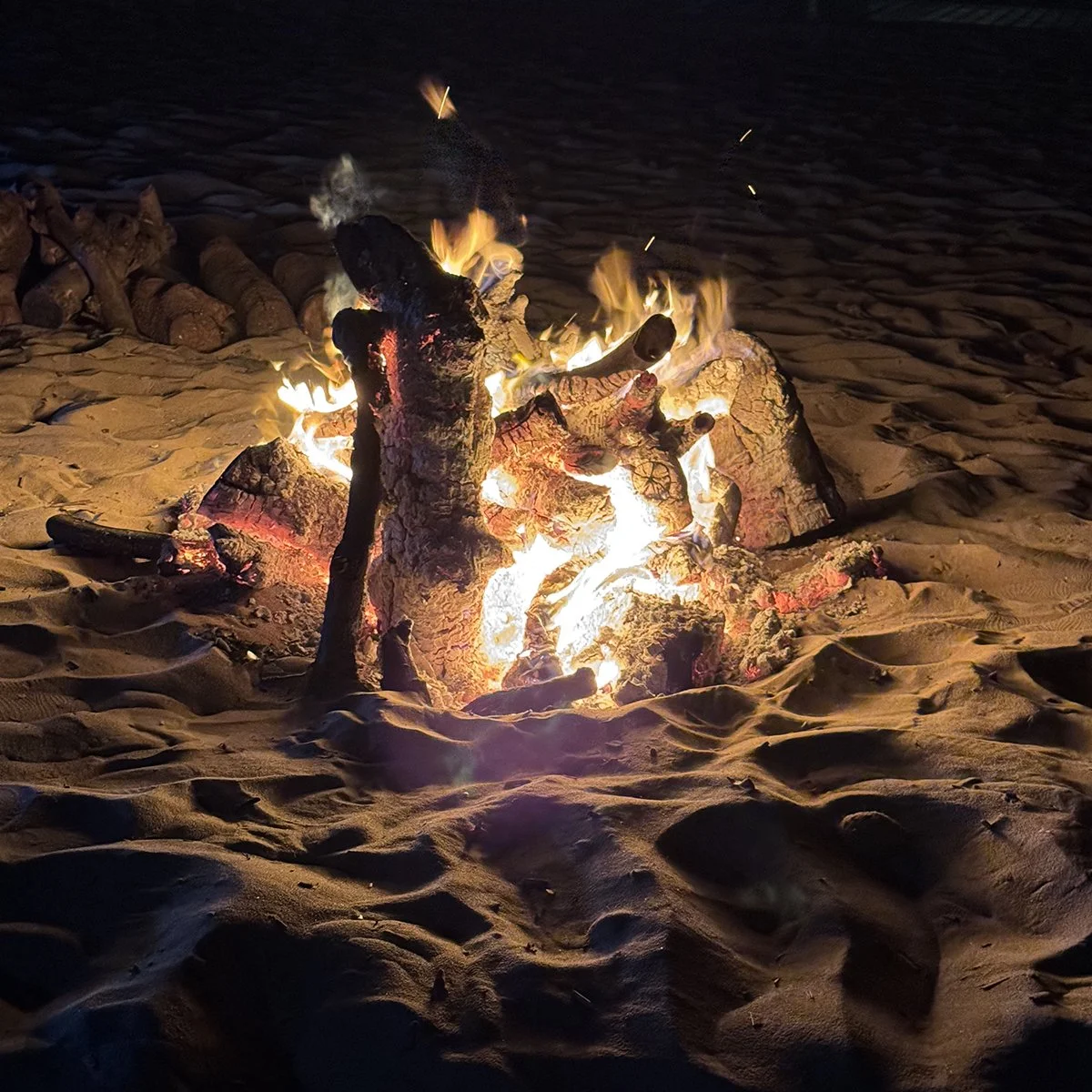Recently, we’ve discovered a little hidden river beach tucked into the mountains.
Did I mention that Oliva lies between the sea and the mountains? What a perfect combo.
The water was translucent and the perfect temperature for a dip. My kids were in heaven, watching little black snails, following tiny tadpoles, and spotting water striders skating across the surface.
I’m not sure who enjoyed gathering river pebbles more — me or them. I’ve been teaching my son how to choose them: looking for unusual colours, or feeling for the ones that are “soft like a horse’s nose.” That phrase was passed down to me years ago in Italy, when I studied at the Scuola Mosaicisti del Friuli in Spilimbergo. We would walk along the Tagliamento river with hammers in hand, looking for stones that would become part of a mosaic.
Standing in that Spanish river, with my kids, I felt that same quiet thrill of finding something ordinary that might become extraordinary.
Back in the studio, those pebbles are spread out on my table. I turn them over in my hands, wondering what patterns they might want to become and what surprises they hide inside. In my mind, I’m sketching ideas for how they might find their way into a piece.















